As we close the door on summer and welcome what is suppose to be cooler seasons (it is currently 115) we begin to turn our eyes to harvest. For winelovers, we naturally turn to the vineyards and look on with anticipation to the picking of the fruit that will ultimately end up in our glass a year or more later.
Many pick up a bottle of wine and often do not truly understand what it takes to make that lovely elixir that they enjoy. So much needs to go right, in order to make a quality wine vintage after vintage. Sadly, in today’s world, there are more and more obstacles for us to overcome. For those who stand strong that global warming is not happening, I believe you have a right to your own opinion, but I ask you to at least recognize that “something” is happening and I ask you to please give me an explanation.
Everyone’s palate is different, and most people tend to lean towards a climate for their wine preferences. Are you a warm climate or a cool climate fan? This makes a big difference in the profile of the wine and in the grapes you enjoy. Do you like red wines that are rather ripe or even jammy? Those characteristics are typically found in warm climates. If you prefer your red wines to be more delicate with a profile of freshly picked fruit, those are indicative to cooler climates. Not a red fan? Let’s talk white wine. Does your palate prefer the green apples and stone fruits (cool climate)? Or would you rather sit down with a glass of something with more pineapple and tropical flavors (warm climate)? Now that you know what you like, what happens as the climate changes and warm areas become too warm?
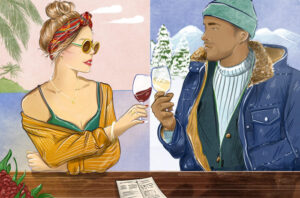
Some varieties such as Chardonnay, Chenin Blanc, Cabernet Sauvignon, Merlot and Malbec can “thrive” in different climates. They will just produce a very different type of wine. Let’s take Cabernet Sauvignon for example. In Bordeaux, where the climate is cooler, the wines are contain herbal, savory notes and drier tannins. While in warmer Napa, there is a greater likelihood of pyrazines, the body of the wine is bigger and the tannins are bolder. Cab likes moderate to warm weather in order to create its high tannins, high acidity and pronounced aromas. But as the temperatures continue to increase, the profile of the wine will change. Your favorite wine will not taste the same.
But what about those grapes that are not as versatile? Riesling, Sauvignon Blanc, Pinot Gris and Gewürtztraminer are adapted to grow in cooler climates and do not flourish as the climate increases. As the temperatures increase, grapes like Pinot Noir will have difficulty with their sugar levels being mature prior to their physiological ripeness, which will cause havoc on harvest. It is important to harvest at the correct time and sugar ripeness can be very misleading, and spikes during high temperatures.
Dracaena Wines has received consistent 90+ ratings and multiple Double Gold medals. Click image to order yours today and let Dracaena Wines Turn Your Moments into Great Memories!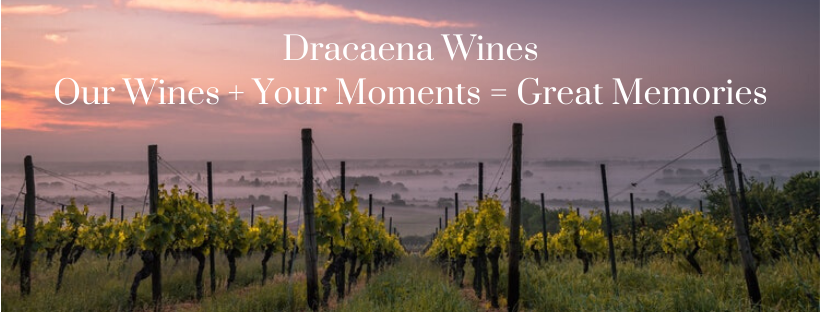
A prime example of how global warming is impacting the wine world is Sparkling wine in England. Not long ago, a person would have been thought to be crazy if they planted a vineyard in cold, damp England. But according Alistair Nesbitt, a viticulture and climate consultant in an NBC news article, stated the “average temperature in southeast and south-central England has increased by about 1.8 degrees over the last 50 years.”
Why is that such a big deal? I mean, come on, less than 2 degrees over 50 years? Well, it is a big deal because that little increase now has created a climate that is more similar to Champagne’s average temperature of 57.7o. It has also created a longer growing season, which helps in allowing the fruit to fully ripen.
Another result of this changing climate, that effects us more locally is the increasing 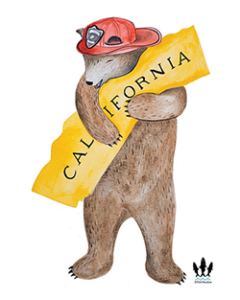 number of wildfires. Has the past few years been a “fluke of bad luck” or is this our new normal? At the time of writing this post here are the active fires in California. (CalFire)
number of wildfires. Has the past few years been a “fluke of bad luck” or is this our new normal? At the time of writing this post here are the active fires in California. (CalFire)
A Different Kind of Harvest
This month, the #WinePW crew is getting together to talk about how vineyards are changing because of the changing environment. You can read the invitation post here. I had recently written a post about harvest that you can read here, but since it didn’t involve a wine pairing Gwendolyn suggested I do another type of post and I loved her harvest food related suggestion.
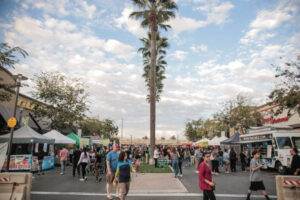
We are lucky to have whole bunch of farmers markets around us. Pretty much you can find one almost any day of the week. We love wandering them and trying out new foods all while supporting local. We decided to “harvest” our dinner from one of the markets. It was a very smoky and hot day so we moved quickly, and picked some zucchini, squash, tomatoes, onion, red pepper and yellow pepper and were on our way.
This meal is fast and simple. Just how we like it! We cubed the vegetables and marinated them for about an hour in a mixture of balsamic vinegar, white wine vinegar, olive oil, garlic, salt and pepper. While they were marinating we soaked the wood skewers in a bowl of water. (I made the mistake one time of not doing this step- never will forget it again!)
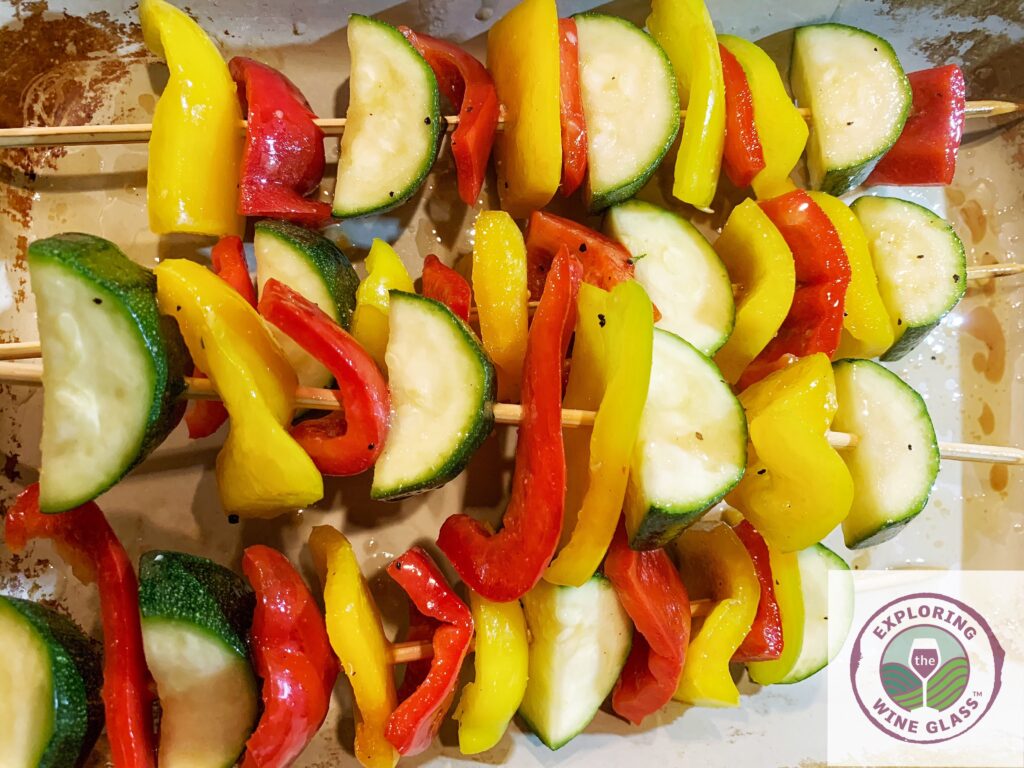 After marinating, heat the grill. Turn it to low and place the skewers on the grates. Cook for three to five minutes turning once and violà! Your meal is ready! Now, I do get that most people wouldn’t consider this a full meal, but in our household, especially during the hot summer months, this is a go to meal! (Although we did also have some homemade bruschetta. )
After marinating, heat the grill. Turn it to low and place the skewers on the grates. Cook for three to five minutes turning once and violà! Your meal is ready! Now, I do get that most people wouldn’t consider this a full meal, but in our household, especially during the hot summer months, this is a go to meal! (Although we did also have some homemade bruschetta. )
The Wine
Donna White Communications sent me the sample of Barone Montalto Pinot Grigio imported by Mack & Schuehle Group. I have to say, that I typically am not a big Pinot Grigio fan, but this one was a lovely sipper. Not only with the vegetables but on its own.
Barone Montalto, is located in Santa Ninfa, Sicily. They opened their doors in 2000. They believe that making wine is a true ancient art but needs to take advantage of the knowledge that has been passed down throughout the years. In order to pay homage to this belief, they have a young team that has a passion for the vineyards and respect for the past. They pride themselves on the many certifications they maintain.
Barone Montalto manages about 400 hectares of vineyards, part of which is owned. The majority of the vineyards are located in the heart of the Belice Valley, near Santa Ninfa, while there are some in the province of Agrigento, in the Valley of the Temples, and in Noto, in the south-western part of the island.
The particular wines of the family collection come from grapes grown in suitable soils, on the most beautiful hills, respectfully vinified. To you this gift of nature
2019 Barone Montalto Pinot Grigio (sample)
? pale lemon
?? light green apple, citrus fruit
? dry, high acidity, low alcohol, light body, medium flavors honey, orange, green apple, lemon, medium finish
? IGT Terre Siciliane
Join the Wine Pairing Weekend group of wine writers as we explore the theme of climate change and celebrate harvest. Read the invitation to re/consider harvest here. Between now and Saturday Sept 12 at 8am Pacific, the following participants will be publishing their posts including:
-
-
- Our Good Life is celebrating Harvest Time at Twin Meadows Winery .
- The Quirky Cork discusses The Art of the Harvest .
- Asian Test Kitchen pours French Style Wines by the Sea from Windy Oaks (With 3 Fab Food Pairings)
- Avvinare declares Robert Biale Petite Sirah & BBQ, A Perfect Match .
- Somm’s Table posts A Harvest at Forlorn Hope & Juicy Lucies .
- Always Ravenous hosts a Fall Harvest Dinner with Wine Pairings .
- Crushed Grape Chronicles highlights Regenerative Agriculture at Tablas Creek – A Meaningful Way to Farm .
- Culinary Adventures with Camilla shines the spotlight on Donkey & Goat: The Brandts Bring Natural Farming Philosophies Into the Cellar .
- Exploring the Wineglass describes Harvesting the Land While Overcoming Global Changes .
- Our host Wine Predator has A Harvest Conversation with The Ojai Vineyard’s Adam Tolmach and Fabien Castel .
-
Join our twitter chat this Saturday Sept. 12 at 8am Pacific by following the hashtag #WinePW.
~Sláinte!
We’ve stacked the odds so that you can get our award winning wines without breaking the bank. Click the image to find out all of the benefits of joining the CHALK CLUB including free shipping and progressive discounts.


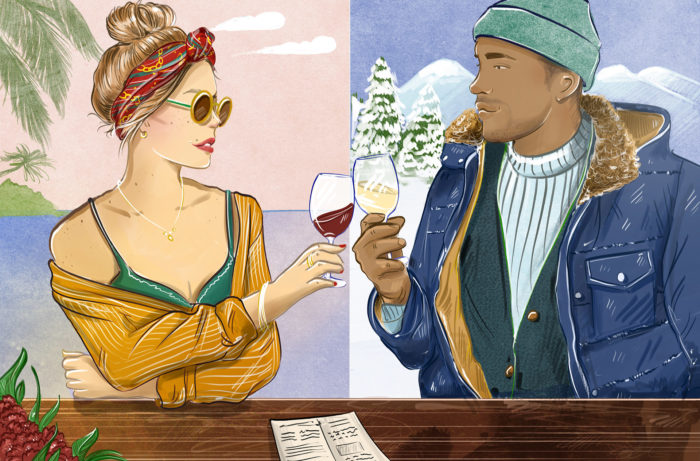
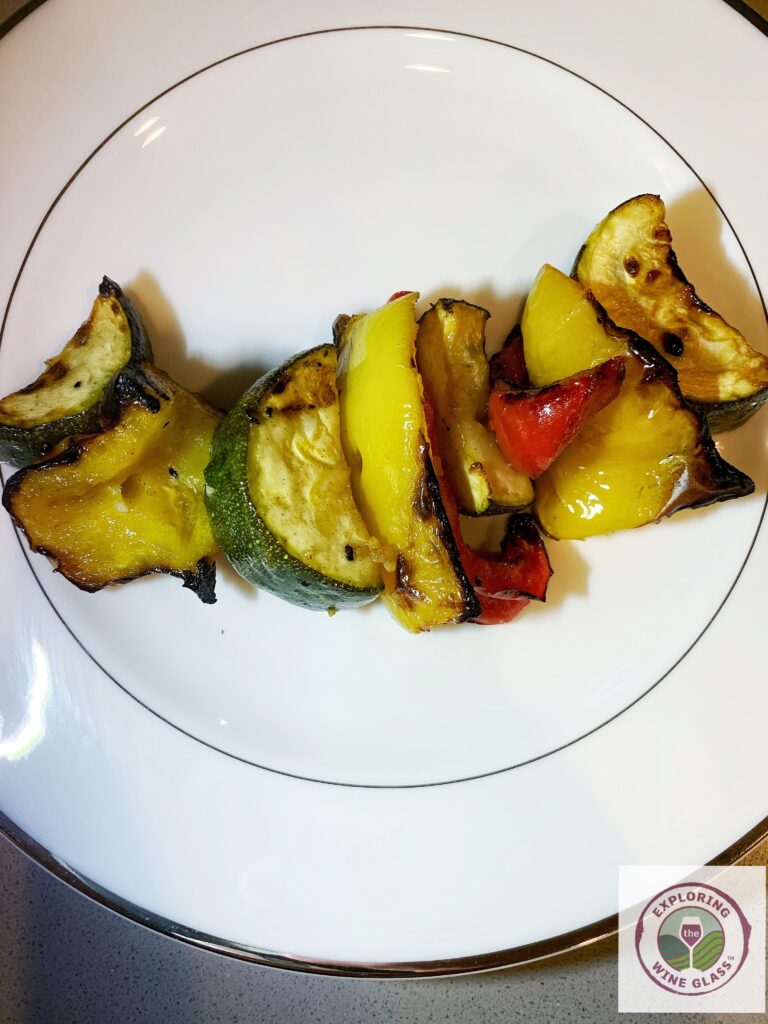
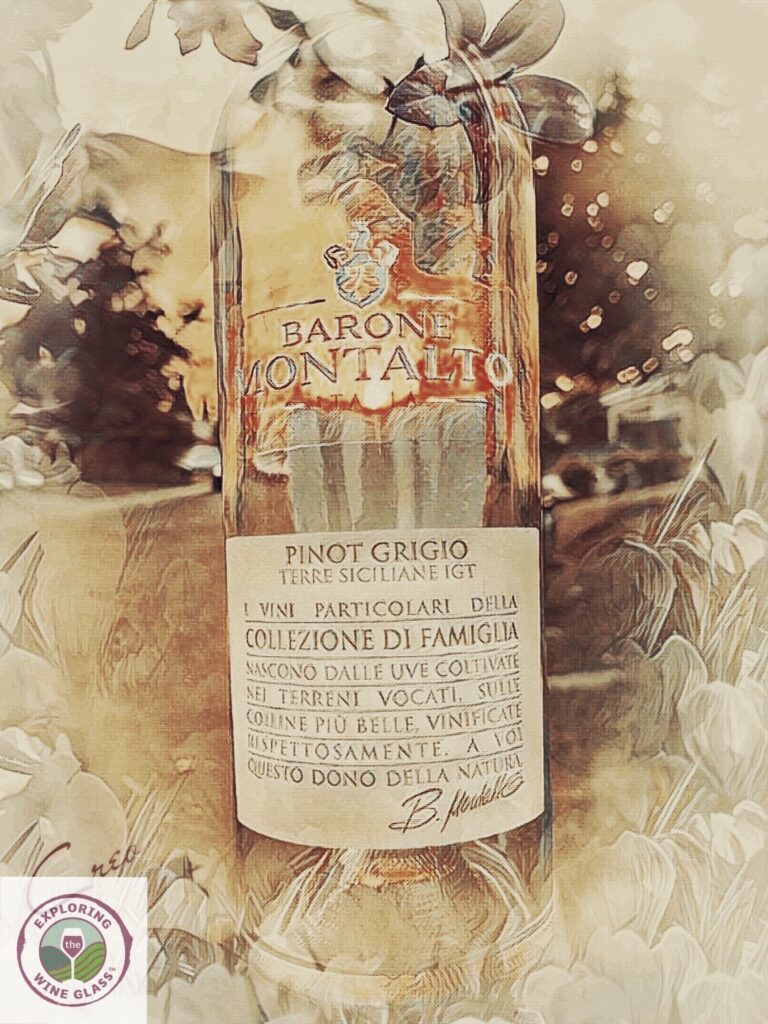
Every time I see the fires on the news I think of my wine friends – like you – who are hanging in there. Fingers crossed that conditions improve and you stay safe!
Thank you. These fires are getting worse and worse every year. The entire coast is on fire and so many people have lost their homes and lives. So sad.
Thoughtful post on impact of climate change on grape varieties, Lori. Hope you’re staying safe from these horrific wildfires.
Hi Linda,
Thank you for your kind words about the post. We are safe. We have a lot of smoke, but we are not in the paths of any of the current fires.
This is such a great post encapsulating really different aspects of what climate change is doing the wine industry and the wines themselves. Bravo! Also, I can totally relate to the mistake of not soaking skewer sticks!
Thank you Nicole. and glad I m not the only one who made the skewer mistake!
I really love how you explain how climate change will affect the different wines people love. This is a piece I will refer to as I explain the these things to my “non-wine geek” friends.
Your dish looks refreshing and delicious.
We are sending you thoughts of cleansing breezes for the smoke in your air. I am glad that it is not severe, but I’m sure the oppressive looking skies make harvest feel more ominous.
Wow! Thank you so much! I appreciate your kind words so much! Yeah, the skies are not comforting!
Great post on the effects of climate change and the impact to everyday wine drinkers. It is truly chilling how California has had to deal with these fires for the past handful of years during harvest, heartbreaking and scary! Stay safe!!!
Thank you. These fires really are getting out of hand and becoming way too frequent!
What an excellent summation of the impact on climate change for the wine consumer! I need my cold climate grapes to stay cool, and I suspect we will start to see more sturdy grape varietals in the vineyards…maybe fire/smoke resistant too? Thanks for the great post and very enjoyable read!
Thank you! you never know what we will learn as we continue to study the varieties more!